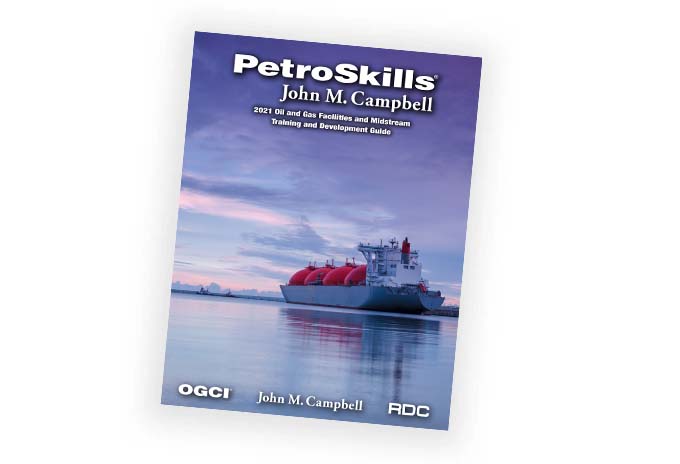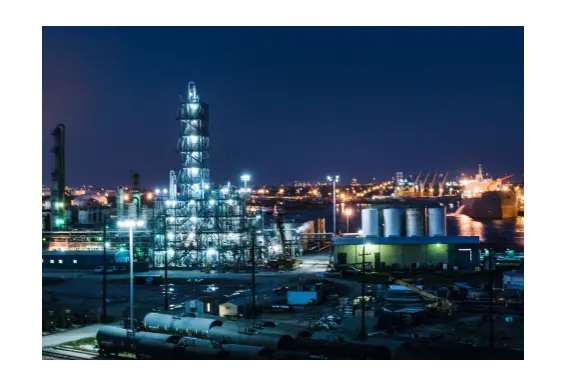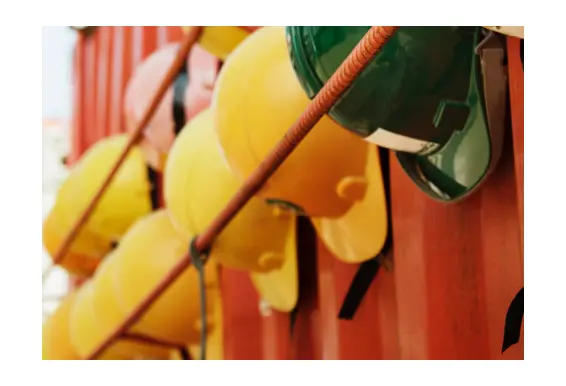Basic Geophysics - BGP
About the Course
This course is designed to familiarize anyone using seismic data with the nature of the data and what they specifically represent. One of the key goals of the course is to explain the large and confusing amount of jargon that is used by the geophysical community when they use seismic data. The course is supplemented by a large number of case histories that concretely illustrate the principles in the course material. These are updated with every course presentation to keep up with the rapidly developing technology in this field. Each section of the course is supported with a classroom exercise. The course participants are given a thumb drive that contains the case histories, class exercises, and all of the extensive PowerPoint animations used in the classroom.
This course is also available virtually via PetroAcademy.
"The examples and learnings will surely help my effectiveness at work. Clean and thorough explanation of basic concepts - this is necessary and appreciated!" - Geologist IT, Canada
"Enjoyed the technical depth of the course. Appreciated that it was not purely conceptual and that it went into the equations and math." - Geologist, United States
Target Audience
Geoscientists, engineers, team leaders, geoscience technicians, asset managers, and anyone involved in using seismic data that needs to understand and use this data at a basic level or to communicate with others that use it.You Will Learn
- How seismic data represent subsurface rock parameters including the relative structure, lithology, and pore filling material
- How land and marine seismic data are acquired and processed to produce both two- and three-dimensional seismic images
- The limits of vertical and horizontal resolution inherent in the seismic data
- How seismic data are used to measure reservoir parameters and how data guide reservoir development; this includes a detailed discussion of AVO and other seismic attributes
- The various approaches to seismic imaging and how the velocity model relates to this image
- How new technologies including seismic inversion have helped us define rock properties including pore filling material, pore pressure, water saturation, and fracture orientation
- How to value developments such as time lapse seismic surveys for reservoir monitoring purposes
Course Content
- The nature of seismic data
- What is wave propagation
- What causes seismic reflections and how they relate to rock properties including pore filling material
- The wavelet in the seismic data and its limit of resolution
- Seismic velocities as they relate to rock properties and the imaging process
- The relationship between seismic velocities and pore pressure
- Pore pressure prediction
- Seismic data processing and seismic migration
- Prestack, poststack, time and depth imaging
- Direct hydrocarbon indicators and AVO
- Seismic inversion for rock and fluid properties
- Seismic attributes
- Time lapse reservoir monitoring (4D seismic surveys)
- Recent developments in seismic acquisition, processing, and interpretation
Product Details
Categories:
UpstreamDisciplines:
GeophysicsLevels:
BasicProduct Type:
CourseFormats Available:
In-ClassroomInstructors:
John LogelAdditional
Request a Public Session
If you are interested in a public session of this course, please click the button below to request it.
Request Public SessionIn-House Training
This course is also available upon request as a private, on-site seminar. Contact us for details and pricing.
Request In-House TrainingNeed Help
Contact us if you have additional questions about how to register for or attend this course.
Contact Us



